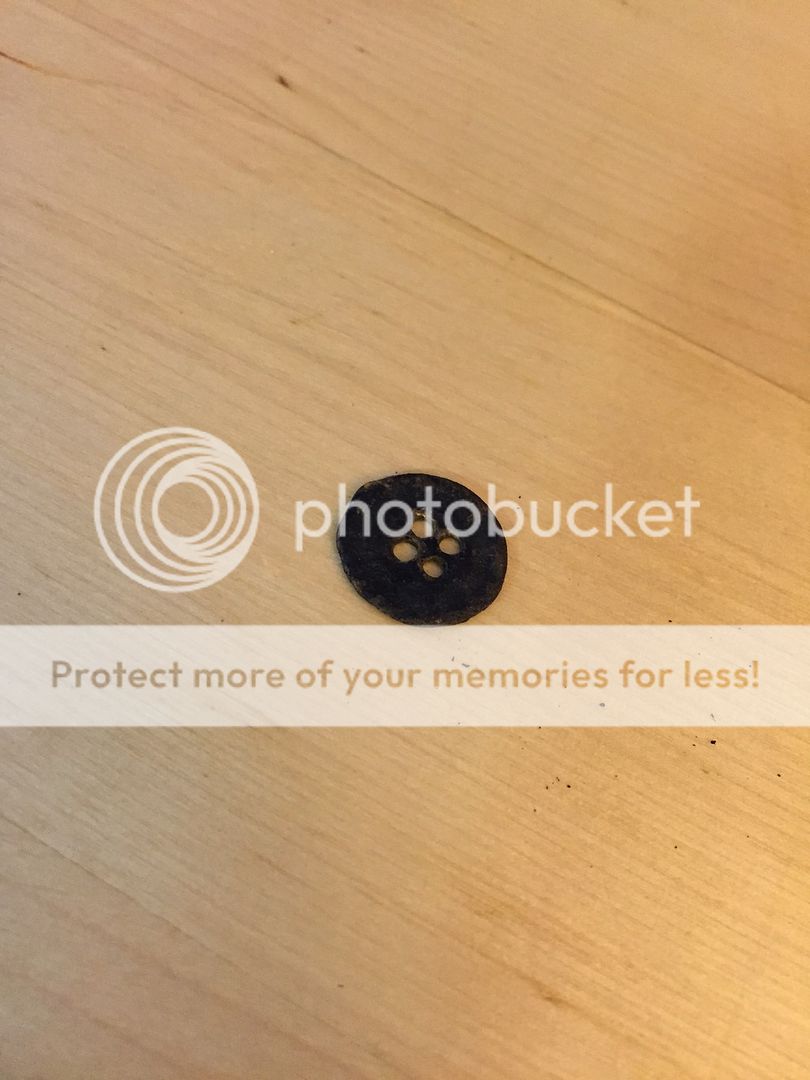I have read on many forums about how people slather their pipes in bees wax, even using a small paint brush. After each coat of melted bees wax some people recommended blasting your pipe with the wife's hair dryer and then polishing off the wax. On a couple of forums people have posted quite detailed instructions about this whole process and the resulting pipes look like they have been soaked in an ash tray of old dottles of Warrior plug and hot water!
Before I start passing judgement on the process I thought I would test out these various theories on a surplus to requirement early 1920s French meerschaum 'cutty' that had a hairline crack in the bowl so it was buggered for all intents and purposes. Firstly I smoked the pipe non stop for about a week with a mixture of finely cut black twist and Condor plug which resulted in minimal color changes and the predictable rim burn. I then disassembled and cleaned the pipe and put the amber stem in the case so that it didn't get lost or sat on.
Next I fed a long soft pipe cleaner through the bowl and out through the shank so that the bowl could be supported during the warming process. I acquired through my good friend David Shain in Georgia a half pound of pure bees wax as his friend keeps bees or may be secretly is running an S&M establishment but I think it highly unlikely. I then warmed the pipe bowl up using a hair dyer and then carefully wiped all the crud and build up off the stem using a soft cotton cloth. Next I rubbed very gently over the hot stem the new clean bees wax and the continued to heat the stem with the hair dryer. Once the stem had received an even coating I set the bowl aside to cool down. After about thirty minutes I repeated the process again and kept the stem warm and then I polished the stem with a clean soft cotton cloth.
What was the result? Well it polished up the meerschaum quite nicely and removed some of the dirt and crud from the outside but that was about it. I did detect some very slight change in color but nothing to write home about. I will now run a whole bunch of tobacco through the pipe over the next week or so and see what changes if any take place. I have a feeling that the tried and tested Victorian method of using a silver coin or 1 Euro Cent piece with holes drilled in it will be far more successful. Thanks to my good friend Frank over in the Fatherland (Germany) I have a supply of suitably defaced Euro cent coins for the next stage of this experiment.
As you can see from the picture not a whole lot happened when I waxed the 'old girl' so we will now do it the traditional way with coin at the bottom. This should get the same result as using a Coloring Bowl without having to turn your pipe into something that resembles the smoke stack of a mid 19th century steam train. Watch this space for further developments.....





